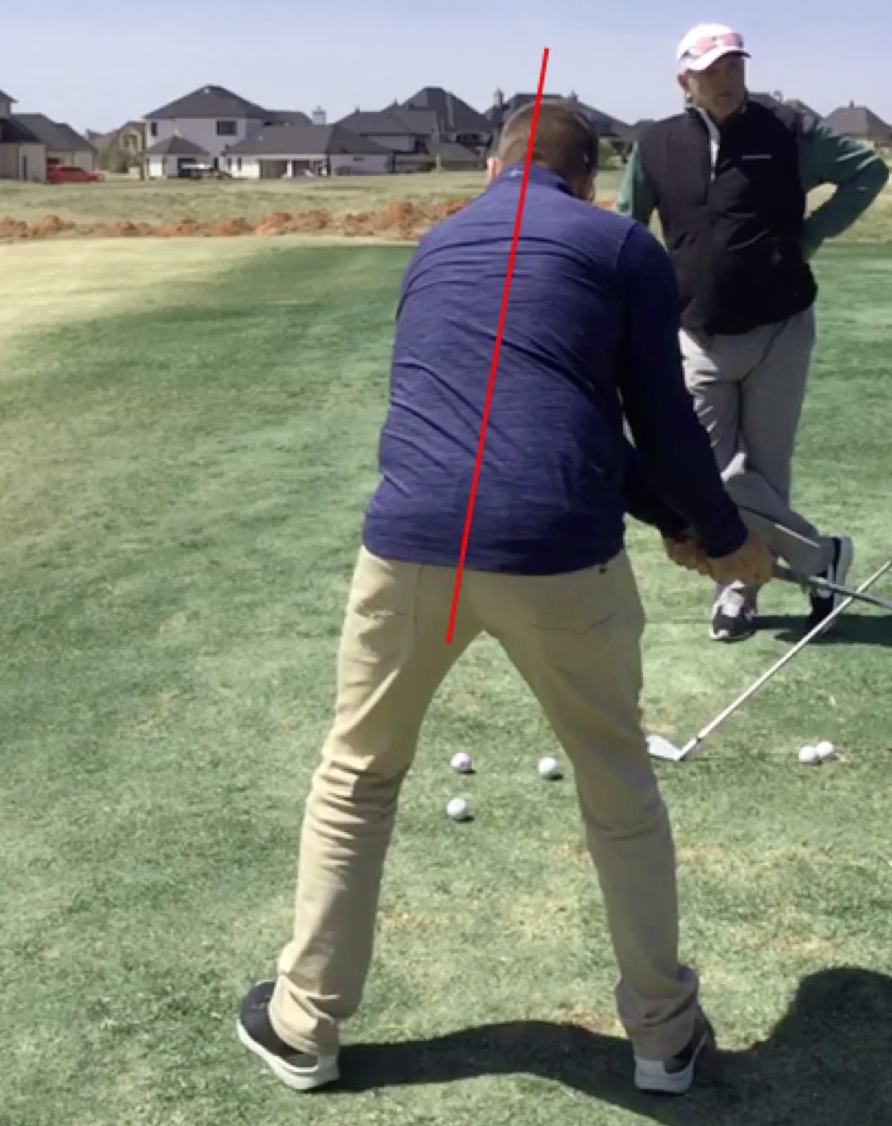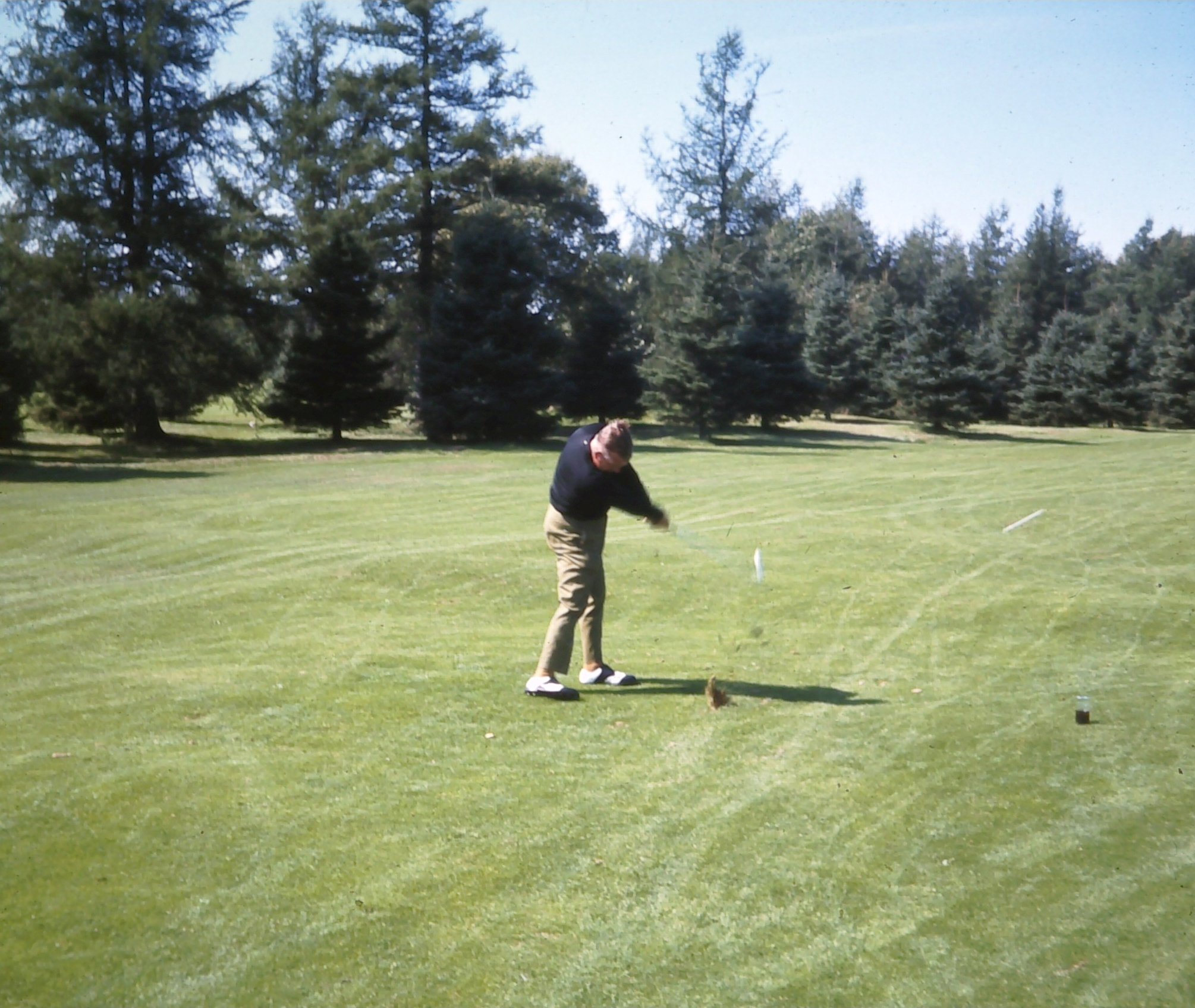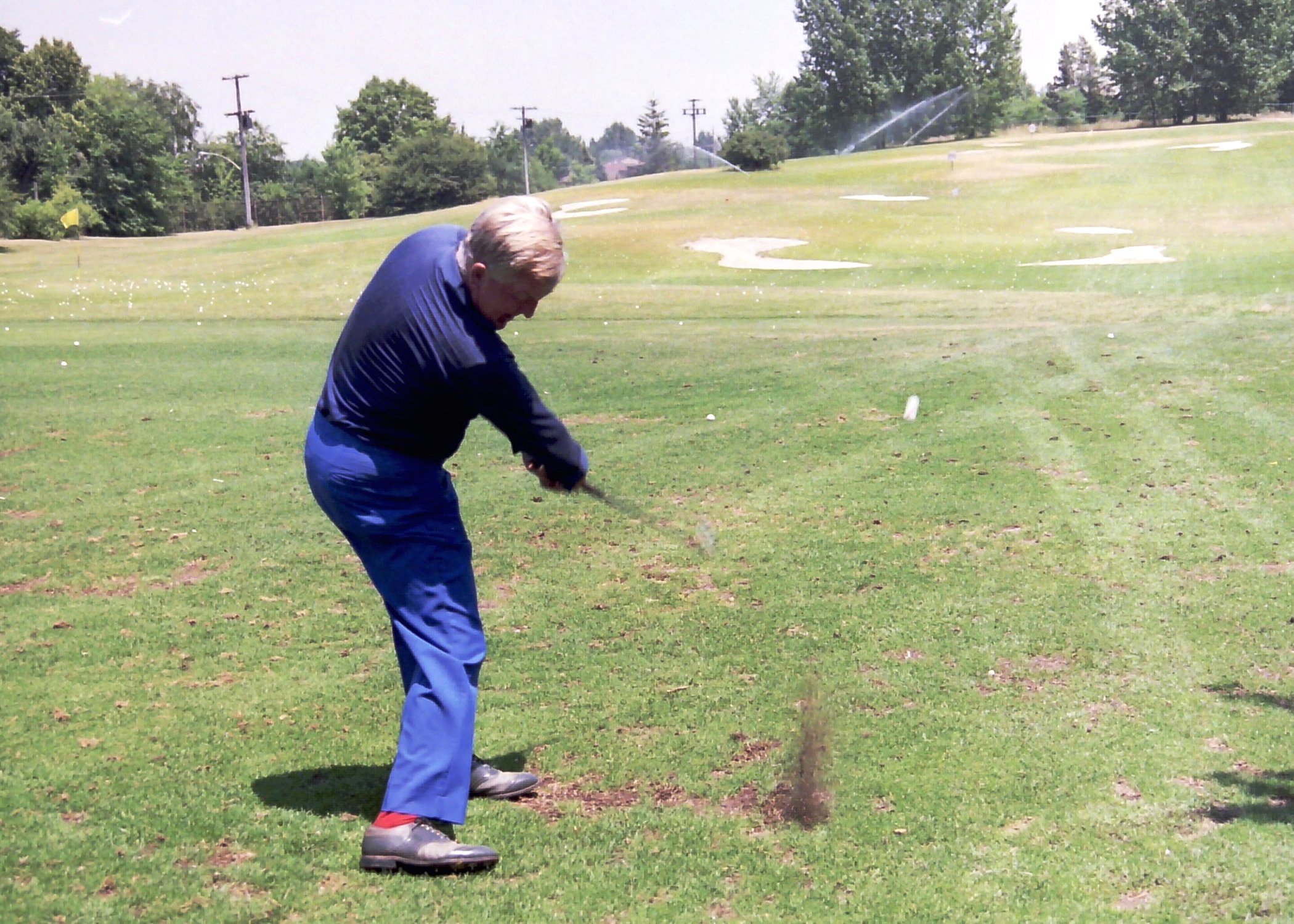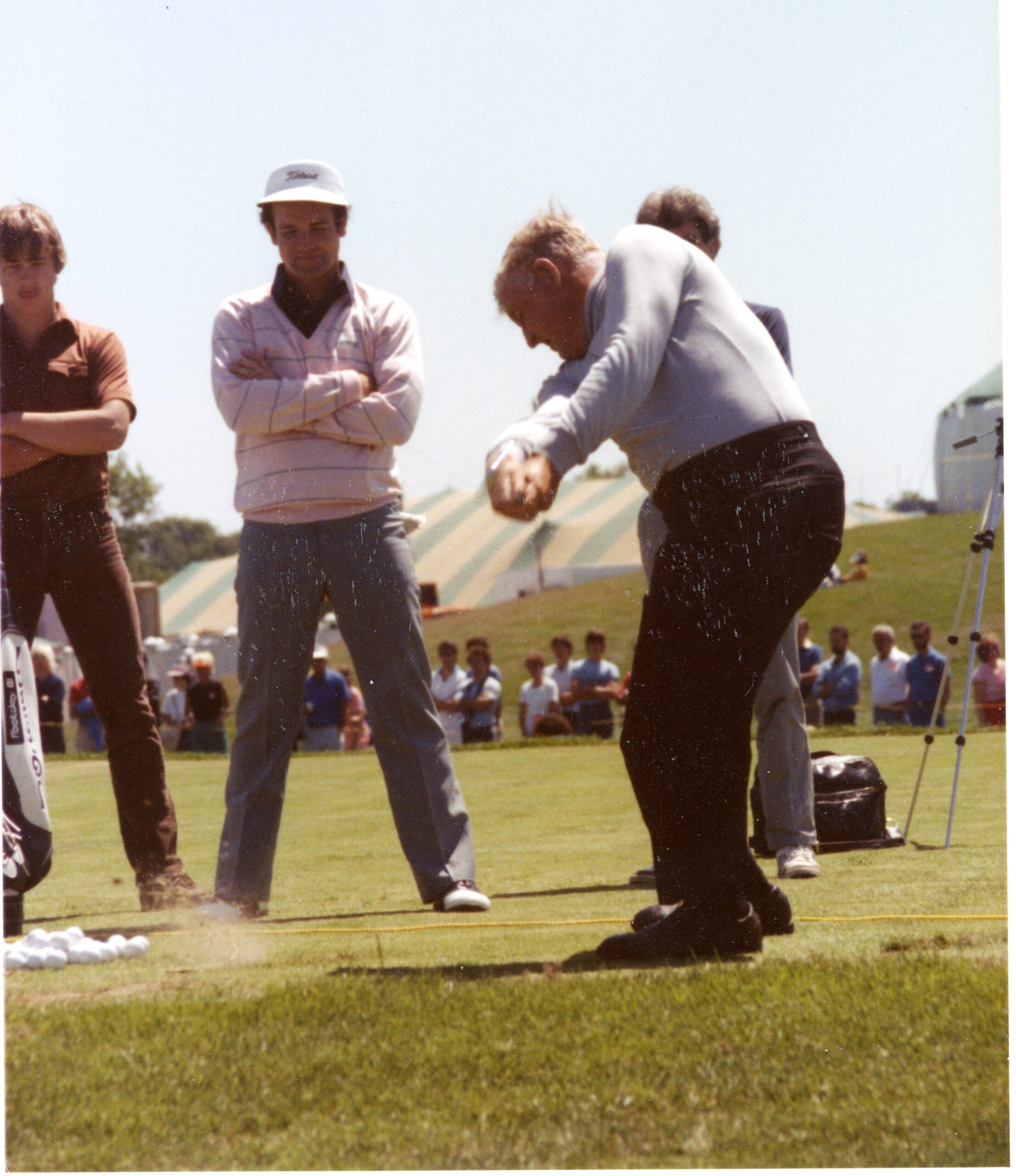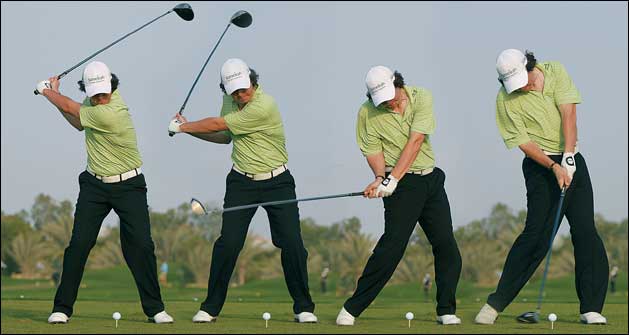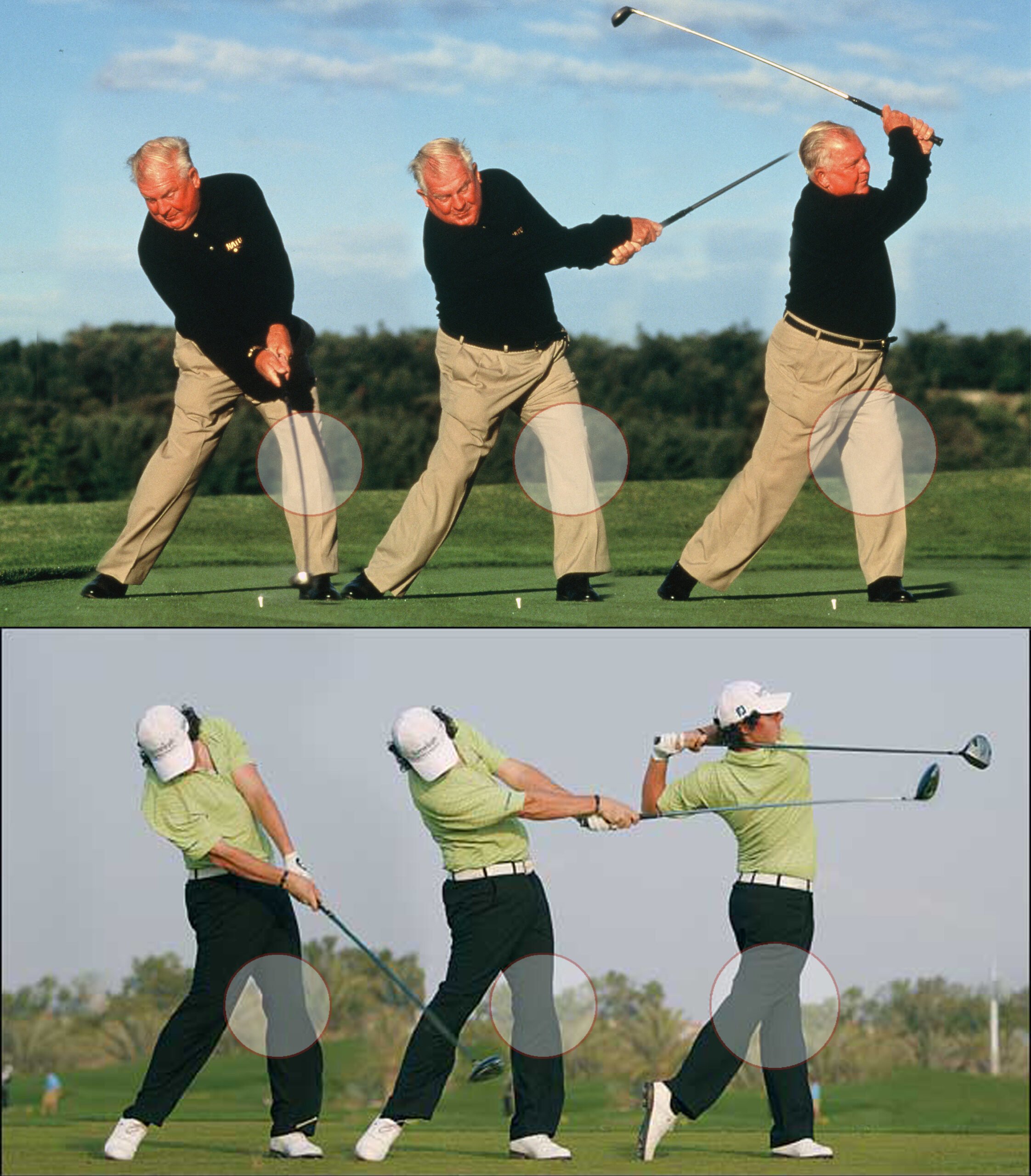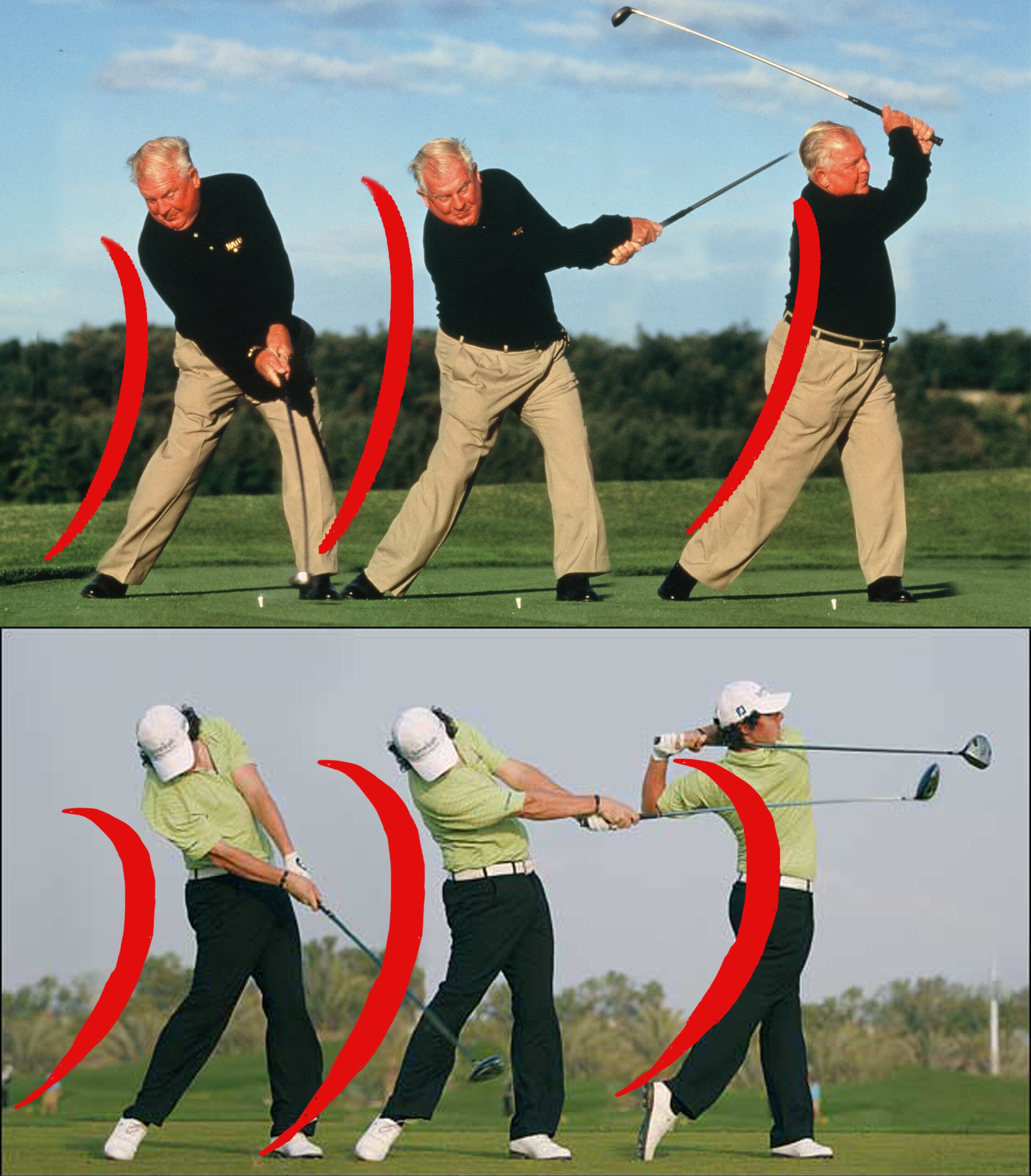Our recent Instructional Series “The Domino Effect, Back to Basics” is an apotheosis of my time in development of the Single Plane 3D – my deepest dive (to date) into measuring the mechanical model of the Single Plane Swing. Single Plane 3D allowed me to quantify the exact positions, called metrics, of the body throughout the swing motion. It also helped me understand body match-ups.
A Match-up is the relationships between body metrics whereby one body movement affects another. For example increasing rotation of the torso decreases the forward bend. Another match-up would be how one body segment affects another. And example would be how increasing pelvis rotation will also increase torso rotation. Understanding match-ups is how the idea for the Domino Effect began.
It becomes overwhelmingly obvious that if you move incorrectly at any point during the swing, you must also proud a “make up” move somewhere in the swing motion. The corrective movements that “make-up” for the mistakes, create inefficiencies. The inefficiencies can devastate golf swings and power. This is why Moe would often stress the importance of what he called “The Purity of Technique.”
It is not necessarily more movement that produces speed. Speed is a result of efficient movement. Great golf swings are powerful because they contain power through efficiency and technique – not effort. One of the most common match-ups can be seen in the movement of the head throughout the golf swing. I am not one to teach that the head stays still throughout the golf swing. Ideal Single Plane Mechanics show that the head should stay in in the same area throughout the backswing and downswing but should move censurably forward after impact. The forward movement of the head after impact allows the torso to continue rotating past the ball – allowing the arms to produce impact and speed at the proper places through impact.
The Domino effect can clearly be observed in the sequence of events through the ball where the rotation of the torso matches the movement of the head. The motion of the arms match the rotation of the torso and so on.

Head movement is just one of the many body motion match-ups evident throughout the swing motion. These match-ups are cause / effect relationships that start at address. To find out more about my latest product that can help you learn the golf swing – from the beginning and avoid costly mistakes, check out The Domino Effect – Back To Basics.
The Domino Effect – Back to Basics DVD

